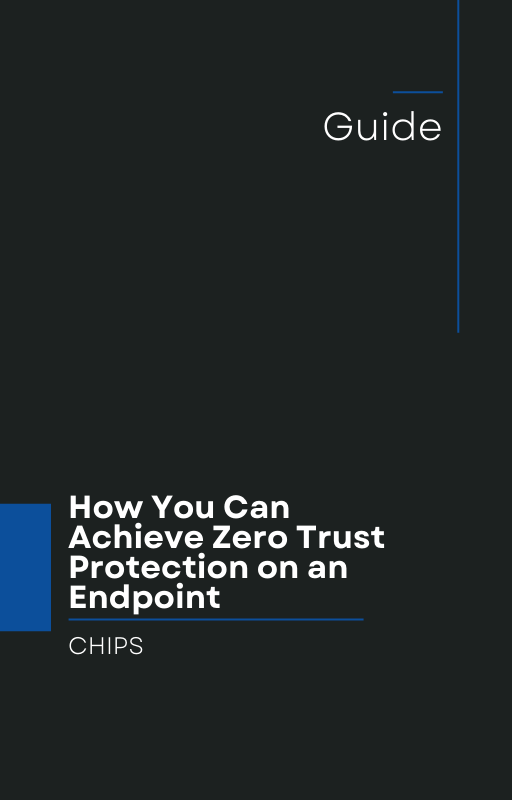Ransomware attacks continue to escalate, and retailers are being hit especially hard. A new report highlighted by SecurityBrief Asia reveals that ransom demands for retail organizations have surged to a median of USD 2 million. This is double what retailers faced just one year ago. Retailers are not only being targeted, but more than half are choosing to pay.
SecurityBrief Asia reported that 58 percent of retailers that experienced data encryption ended up paying the ransom. This information comes from Sophos in its fifth annual State of Ransomware in Retail Report, which surveyed 361 IT and cybersecurity leaders across 16 countries.
You can view the article here: Retailers hit by ransomware face higher USD 2 million demands on SecurityBrief Asia.
Why Ransom Demands Are Increasing and Why Retailers Pay
Ransom Demands Are Climbing
The median ransom demand has climbed to USD 2 million. Even though many retailers negotiate down from the original demand, the average payment still lands around USD 1 million. Retailers may reduce the final payout, but these numbers reflect the increasing leverage criminals have gained.
Paying Does Not Solve the Bigger Problem
The payment itself is only a portion of the total cost. Even when organizations pay, recovery costs excluding ransom average USD 1.65 million. While this figure has dropped compared to previous years, it is still a major burden for retailers that are already managing tight margins, supply chain complexity, and high customer expectations.
Why Retailers Are So Vulnerable
Unknown Security Gaps
A major piece of the problem is that nearly 46 percent of ransomware incidents began with an unknown security gap. Another 30 percent originated from known vulnerabilities that were left unpatched. This means detection tools never even saw the threat until it was too late.
Ransomware Tactics Are Evolving
Sophos noted a decline in data encryption events, suggesting that attackers are increasingly using extortion only tactics. Criminals steal data and threaten to leak it even if they do not encrypt anything. Retailers are being targeted by nearly 90 threat groups including Akira, Cl0p, Qilin, PLAY, and Lynx.
Operational Pressure
Retailers also face internal challenges. Nearly 45 percent reported a lack of in house cybersecurity expertise. Another 44 percent cited coverage gaps in their existing security tools. After a ransomware incident, almost half of retailers said their IT and security teams experienced increased pressure, and more than a quarter reported leadership changes as a result.
Why Detect and Respond Is No Longer Enough
Retailers have traditionally relied on a detect and respond strategy. This approach attempts to spot threats after they have already begun interacting with the environment. The problem is simple. By the time a threat is detected, damage may already be in progress.
The Sophos findings show that more attacks are being stopped before encryption happens, but attackers are shifting to extortion, data theft, and stealthier infiltration methods. Detection alone cannot keep up.
To truly reduce risk, organizations need a strategy built on isolation and containment. This approach stops malicious actions even when threats get past the perimeter. Instead of depending on constant monitoring and reactive alerts, isolation prevents the malware from ever carrying out harmful steps.
Why AppGuard Is the Better Model for Protection
AppGuard was designed for exactly this challenge. AppGuard uses patented isolation and containment technology to stop threats in real time. It is proactive. It prevents the actions that ransomware depends on. And it does this without relying on signatures, threat intelligence updates, or rapid detection.
AppGuard has a 10 year proven track record of success in high security environments and is now available for commercial use. For retailers and other businesses facing rising ransom demands, AppGuard provides a stronger and more resilient layer of defense.
With AppGuard:
-
Malware is prevented from executing harmful actions, even if it manages to land on the endpoint.
-
Isolation controls contain processes so they cannot compromise the system.
-
Zero trust application policies minimize attack surface without slowing down users.
-
Businesses reduce their dependency on detection and alerts, and instead focus on preventing the attack at the start.
Call to Action
If you are a business owner, IT leader, or decision maker, now is the time to re evaluate your security model. Ransomware demands are rising. Extortion attacks are increasing. And the cost of recovery continues to hurt retailers across the globe.
Talk with us at CHIPS to learn how AppGuard can help your organization move from a detect and respond approach to an isolation and containment strategy that stops ransomware before it starts.
Let us help you prevent incidents like the one outlined in the SecurityBrief Asia article. Your business deserves protection that works at the point where attackers try to gain a foothold.
Like this article? Please share it with others!

November 19, 2025

Comments